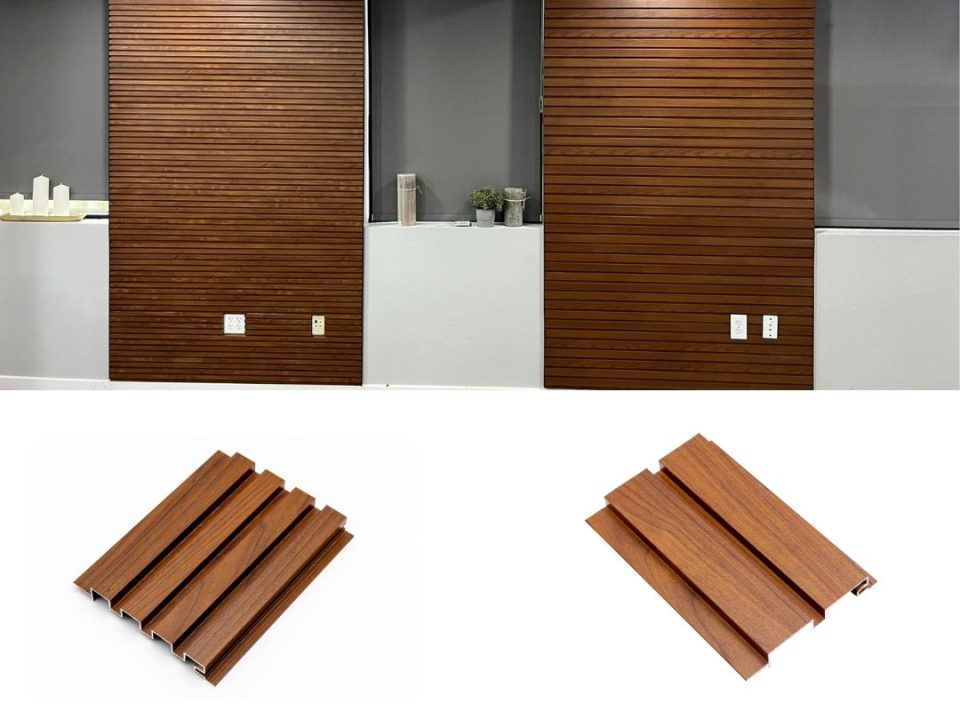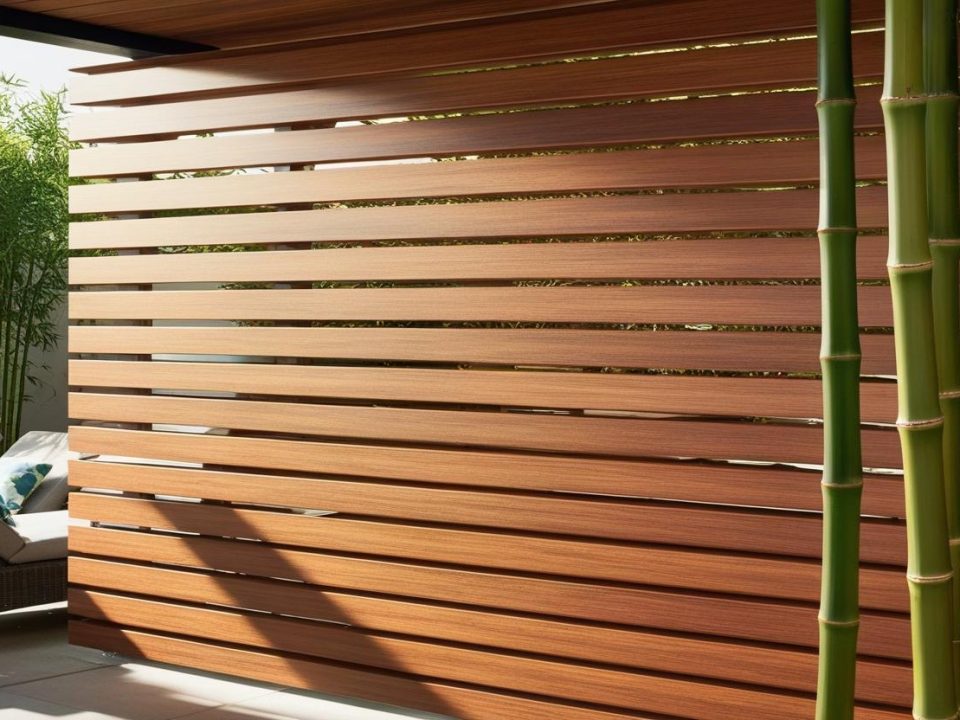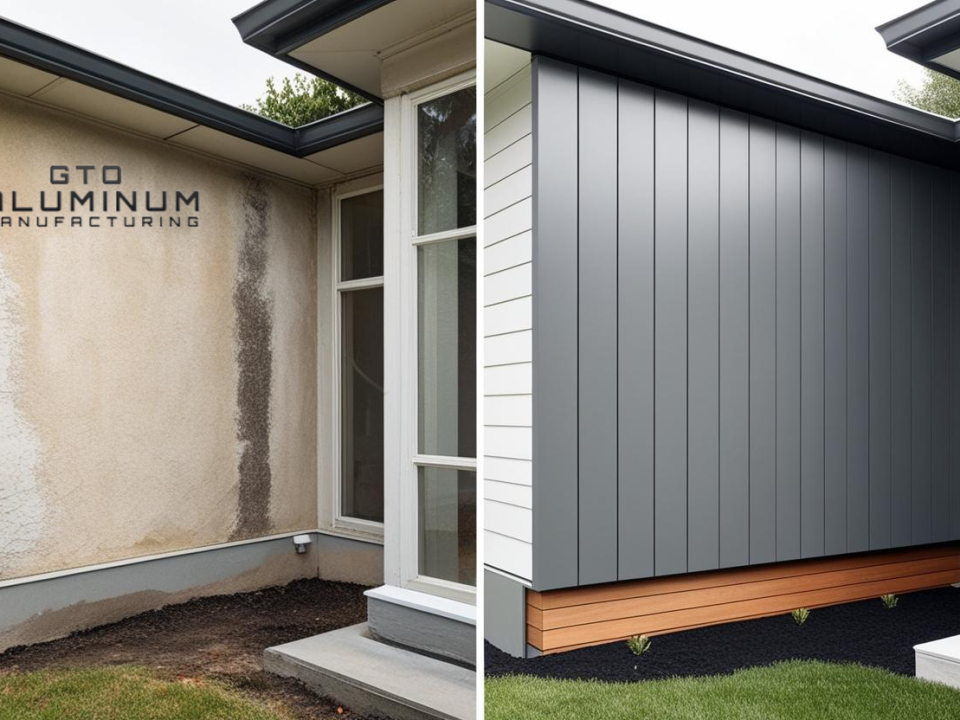
How to Design Eco-Friendly Roofs with Aluminum Cladding

How to Protect Coastal Properties: The Ultimate Guide to Aluminum Cladding vs. Salt and Moisture

In the quest for sustainable architecture, aluminum cladding emerges as a powerful ally, providing a blend of aesthetic appeal and substantial energy efficiency. By harnessing the unique properties of aluminum, you can transform your building into an energy-efficient marvel.
Here are five ways aluminum cladding can supercharge your building’s energy efficiency.
1. Reflective Properties that Reduce Heat Absorption
Aluminum cladding’s reflective nature plays a pivotal role in minimizing heat absorption, particularly in warm climates. The high reflectivity of aluminum surfaces helps to bounce off a significant portion of solar radiation, which reduces the amount of heat entering the building.
This reduction in heat gain lowers the reliance on air conditioning systems, leading to decreased energy consumption and reduced cooling costs. The outcome is not only a more comfortable indoor environment but also a building that’s easier on your energy bills.
2. Enhancing Insulation with Thermal Breaks
When integrated with advanced insulation materials, aluminum cladding contributes to a robust thermal envelope around your building. Thermal breaks—components used to reduce heat transfer—are commonly incorporated into aluminum cladding systems, enhancing the building’s overall insulation.
This design minimizes energy loss during colder months, keeping the building warmer without over-reliance on heating systems. The result is improved energy efficiency, with significant savings on heating costs.
3. Durability that Lowers Maintenance Energy Costs
Aluminum cladding is renowned for its durability and resistance to corrosion, which translates into lower maintenance requirements over the building’s lifetime. Buildings clad in aluminum require fewer repairs and replacements, which indirectly saves the energy that would otherwise be expended on manufacturing, transporting, and installing new materials. This longevity ensures that your building remains energy efficient and cost-effective for decades.
4. Compatibility with Photovoltaic Systems
Aluminum cladding’s compatibility with modern energy-efficient technologies, such as photovoltaic (PV) systems, further enhances its appeal. By integrating PV panels with aluminum cladding, you can convert your building’s exterior into an energy-producing facade.
These systems capture solar energy and convert it into electricity, reducing the building’s reliance on external power sources. This synergy between aluminum cladding and renewable energy technology can significantly reduce the building’s carbon footprint while providing a sustainable energy solution.
5. Recyclability and Sustainability
One of the standout features of aluminum is its recyclability. Aluminum can be recycled indefinitely without losing its structural integrity, making it a sustainable choice for cladding. The energy required to recycle aluminum is just a fraction of what is needed to produce new aluminum, resulting in lower overall energy consumption.
By choosing aluminum cladding, you’re not only investing in energy efficiency but also contributing to a circular economy where materials are reused rather than discarded.
Conclusion
Aluminum cladding offers a compelling combination of energy efficiency, durability, and sustainability, making it an ideal choice for modern, eco-conscious architecture. Its reflective properties reduce cooling costs, while its ability to enhance insulation minimizes heating demands.
The material’s durability ensures long-term energy savings, and its recyclability underscores a commitment to sustainability. By integrating aluminum cladding into your building design, you’re not just improving aesthetics—you’re making a meaningful contribution to a more sustainable future.
Get in touch with GTO Aluminum team today to get started!





